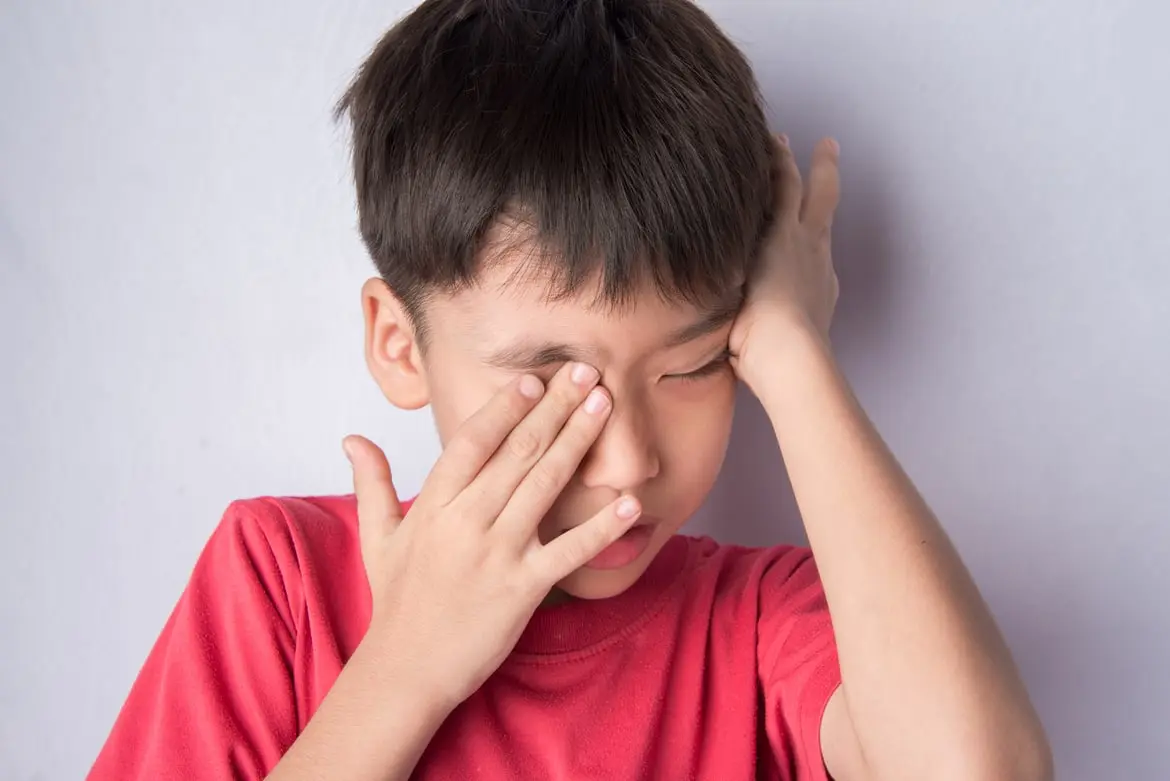-
-
Featured Care Areas


Source: Shutterstock
UTI in Children – What Every Parent Should Know
Last updated: Monday, December 20, 2021 | 5 min reading time
Urinary tract infections in children can be painful and uncomfortable. It's important to recognise the signs of these infections and get medical treatment right away.
What is UTI in children?
There's a whole list of things to love about being a parent, but seeing your child suffer isn't one of them. Urinary tract infections (UTI) are some of the bothersome conditions that could cause your child discomfort and pain.
UTIs are quite common in children, especially girls, but sometimes the signs of this infection can be hard to spot. It's important to get your child treated because a UTI can turn into a more serious kidney infection.
UTIs are bacterial infections in the urinary tract. Infections can occur in any part of the urinary tract such as the ureter, bladder, urethra and kidneys.
Infection in the lower part of the urinary tract (the urethra and bladder) is more common, and is known as cystitis. When the infection travels from the bladder to the kidneys, it's called pyelonephritis.
What are the symptoms of UTI in children
Spotting UTI in infants or toddlers may be difficult, as they may not be able to explain how they feel. Your child may just have a fever, loose stools, be fussy and refuse food.
- Pain when urinating. UTI can cause the linings of the urinary tract to become red and swollen, due to which your child may experience pain, burning, or a stinging sensation when urinating.
- Lower back pain. They may even complain of pain in the lower abdomen, back or around the pelvis and feel the urgent need to urinate.
- Difficulty in controlling urine. Your child may also have trouble controlling urine and may have accidental leaks.
- Bad-smelling urine. You may notice that your child’s urine smells bad, looks cloudy or contains blood.
How does a doctor diagnose UTI in children?
If you think your child has a UTI, see your doctor immediately.
The doctor will carry out the following steps:
- Examine symptoms. As the first step, your doctor will examine your child's symptoms and do a physical exam.
- Urine test. The doctor will next order a urine test to check for red blood cells, white blood cells, bacteria, protein, and signs of infection. A urine culture test will also be conducted to identify the type of bacteria and the best medicine to treat the infection.
- Ultrasound. If your child has recurrent UTIs, your doctor may order an ultrasound to check the kidneys and bladder.
- VCUG. In some cases, your doctor may order a voiding cystourethrogram (VCUG) to find out why your child has recurring infections. VCUG is a minimally invasive test that uses a special x-ray technology to examine and visualise your child's urinary tract and bladder.
What causes UTI in children?
UTIs are commonly caused by bacteria, the most common of which is E. Coli (the bacteria responsible for stomach upsets).
Although bacteria are not normally found in urine, they may enter the urinary tract from the skin around the anus, penis or vagina. When this happens, the bacteria can multiply and cause an infection.
What are the risk factors for UTI in children?
Certain circumstances can make it easier for bacteria to enter or remain in your child's urinary tract. The following factors can put your child at a higher risk for a UTI:
- Poor toilet habits
- Infrequent urination or delaying urination for long periods of time
- Abnormal function or structural deformity of the urinary tract
- Bubble baths and use of strong soaps
- Wearing tight clothes
Girls are more prone to UTIs than boys as a girl's urethra is shorter and closer to the anus. This makes it easier for bacteria from the bowels to enter the bladder.
Constipation, inadequate water intake and poor diaper hygiene can also increase the risk of UTI.
How are UTIs treated in children?
Antibiotics play a major role in the treatment of UTI in children. The type of antibiotic and how long it must be taken depends on the type of bacteria causing the infection and the severity of the infection.
It is important to make sure that the course of antibiotics prescribed have completely cleared the infection because an incompletely treated UTI can come back or spread. So, after several days of antibiotics, your doctor may repeat the urine tests to confirm that the infection is gone.
Apart from the antibiotics prescribed by the doctor, you should encourage your child to drink plenty of fluids. A warm pack or medication may also be used to relieve pain.
How do I prevent my child from having a UTI?
Kids should be encouraged to go to the bathroom as soon as they feel the urge because urine that stays in the bladder promotes bacterial growth. Also, encourage your child to empty their bladder fully when urinating.
It's also important to teach kids good hygiene habits. Girls should be taught to wipe from front to back to prevent germs from spreading from the rectum to the urethra. In babies, frequent diaper changes can help prevent the spread of bacteria that cause UTIs.
Avoid bubble baths, and perfumed soaps in girls as that might cause irritation. Also, girls should wear cotton underwear as it's less likely to encourage bacterial growth.
What are the complications and risks of an untreated UTI in children?
If left untreated, a UTI can result in a kidney infection that may lead to more serious conditions, like kidney abscess, reduced kidney function, swelling of the kidneys (hydronephrosis) or even kidney failure. Severe cases of UTI can cause sepsis, which can lead to organ failure and even death.
When to call the doctor
The initial signs of a UTI in children can be easily overlooked. Younger children may have a difficult time describing their sufferings.
It is best to consult a doctor if your child has an unexplained fever without a runny nose, or other obvious cause, especially if the fever is accompanied by pain when peeing. Early treatment can prevent the infection from becoming serious.
Urinary tract infections in children: an overview of diagnosis and management. Retrieved on 20 December 2020 from https://www.ncbi.nlm.nih.gov/pmc/articles/PMC6782125/. (September 2019)
What is a Urinary Tract Infection (UTI) in Children? Retrieved on 20 December 2020 from https://www.urologyhealth.org/urology-a-z/u/urinary-tract-infections-in-children. (2020)
Urinary tract infection – children. Retrieved on 20 December 2020 from https://medlineplus.gov/ency/article/000505.htm. (2020)
What is a Urinary Tract Infection (UTI) in Children? Retrieved on 20 December 2020 from https://www.urologyhealth.org/urology-a-z/u/urinary-tract-infections-in-children. (2020)
Urinary tract infection – children. Retrieved on 20 December 2020 from https://medlineplus.gov/ency/article/000505.htm. (2020)









